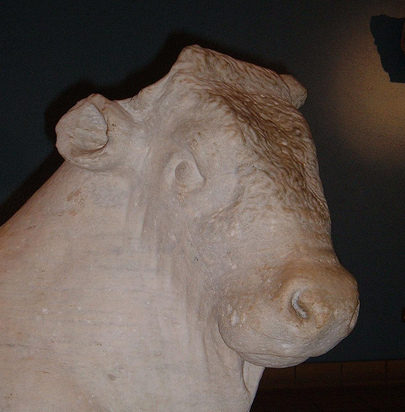The Library of Congress recently asked for feedback about Cataloger’s Desktop, the Web version of which our library subscribes to. The following are slightly edited comments that I sent:
- The navigation is extremely disappointing and definitely puts people off: one cataloguer described it as “cumbersome” and “annoying”. I think there are several aspects to this:
- It is meant to be a Web product but is designed as a desktop product, and not an easy to use one at that. Most people now are so used to using the Web that it is hard to adjust to using something like CD which requires you to relearn an intuitive way of doing something: simple things like using the Back button to go Back: there is an equivalent in this case, but it is disorientating not to have the navigation bar at the top. The Web could take care of so much of the usability of the site if it was left alone to do so, such as with bookmarks. CD could then concentrate on delivering the resources. I assume much of this is to do with security.
- Web resources are presented as part of CD but, when using one of these, one is thrown back to standard Web navigation.
- The resources are broken up in a very strange manner that might make sense for a database or an encyclopedia, but not for what are basically textual resources. One cataloguer who has been using DCRM on the Web won’t use the CD version because of this issue. Although there is a next page button, it would feel more natural to have longer stretches of unbroken text (as one would expect on a Web site) without having to navigate through an overly hierarchical tree. I am thinking mostly of AACR2 when I write this. Conversely, the opportunity to provide useful internal links has often been missed. A good example can be provided by the glossary: to me it seems more intuitive when I select the Glossary to be actually dropped into the Glossary with an index at the top rather being presented with the introductory para with the index in the left-hand frame. Maybe this is as much to do with the way AARC2 is edited, but it feels as though the theoretical structure of AACR2 has taken precedence over how it should most effectively be presented.
- One of our cataloguers wrote the following about the clarity of the layout, with which I agree: “The interface is not very user-friendly, particularly for people with visual disabilities / small computer screens. The writing in the navigation tree is too small, and there should be a more obvious indication of where you are in the tree (at the moment it is bold, with a small arrow, which disappears if you scroll the frame). The breadcrumb trail helps, but again it is too small and unclear on a grey background.”
- Logging in with a pop-up blocker is no fun. It would good if that were more seamless, especially when having to login again after a timeout.
- The interface seems very reliant on images without alt text for the navigation tabs, which slow the site down, especially when logging in.
- Cataloguers seem to find the search facility rather complicated. I have found the MARC tag search particularly useful a few times, but I generally find simple searches to be generally more effective. More emphasis on narrowing down the resources would be particularly helpful. If I’m looking for MARC fields, it’s more often than not that I’ll want particular resources.
We did use the CD-ROM version and switched to the Web version, as much for local networking problems as anything, but I did hope the Web version would be useable like a Web page.
I would like to say that, notwithstanding the above comments, Cataloger’s Desktop is a very useful resource and, especially now that is on the Web, one that has given me the confidence to begin shedding much of our department’s paper documentation, including AACR2 on paper. Some of the usability problems are due to unfamiliarity and, while preparing a recent training session on CD, the practice I gained playing with it made me appreciate it more. However, I believe the future of these resources has to lie in more standard and simple delivery, even if it means splitting up the product into fewer resources or into different packages marketed at different markets (e.g. Quick reference, Rare Books, Periodicals). Before I heard of CD I always assumed the JSC of AACR2 would offer AARC2 as a separate website and still think that offering parts of CD separately might be the way to go to simplify the navigation if nothing else. Almost all of the navigation problems seem to stem from trying to offer lots of resources at once.
